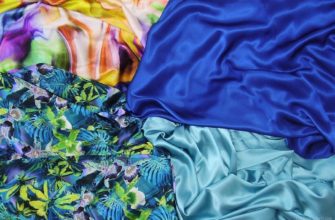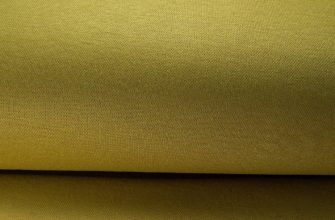A high-quality expensive material that looks like silk is called cupro. Silky decorative material is made from wood and cotton, and the main component is an artificial fabric called viscose, obtained from a cellulose polymer. The textile is distinguished by its attractive appearance, shine and excellent moisture absorption, as well as the ability to pass air.
History of creation and production
The first production of cupro began in 1918. The appearance of this textile is classified as an accidental discovery, since the method was being tested for the first time at that time and no one could accurately predict the results.
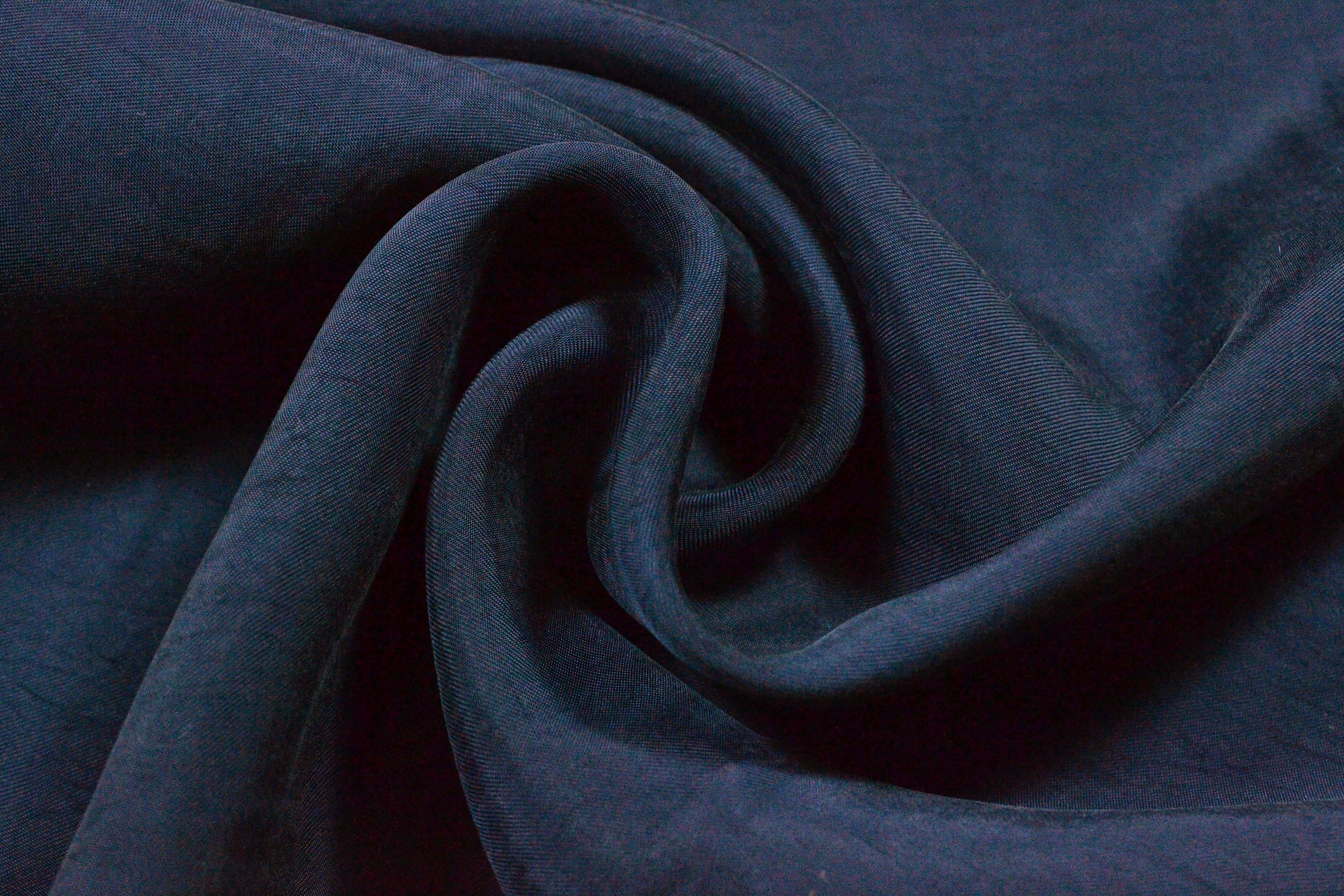
To make cupro fabric, wood pulp and cotton seed fluff were used. All of these components were pre-treated with copper-ammonium sulfate. The result was a dark, viscous mixture that was formed into fibers using a special container. They were then treated with sulfuric acid to make them transparent and smooth. After all of these steps, a thin, flowing, but very durable fabric was obtained that resembled silk in appearance.
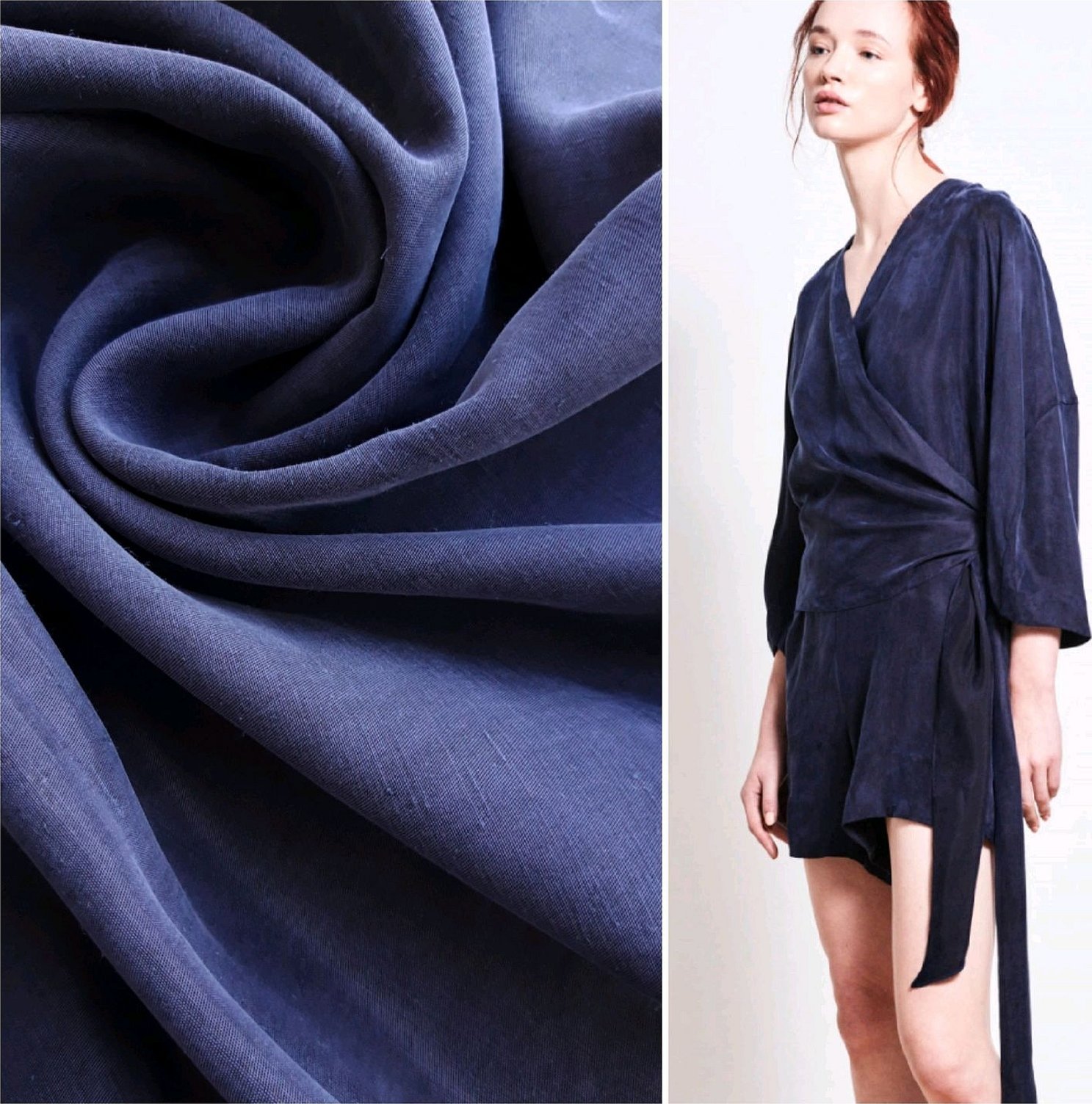
Description and composition
When first hearing about cupro, many people don't understand what kind of fabric it is. It is a rare type of high-quality viscose. The textile feels and looks like silk. Cupro fiber contains:
- cotton;
- cellulose chips;
- coconut fiber.
Cupra is considered the most expensive artificial fabric. At the same time, it is valued on par with natural materials such as silk and cotton. The high cost is explained by the fact that a large amount of copper raw materials are used in the production of textiles. The production also causes significant harm to the environment, so you can find it on the shelves relatively rarely. In some countries, this material is generally banned.
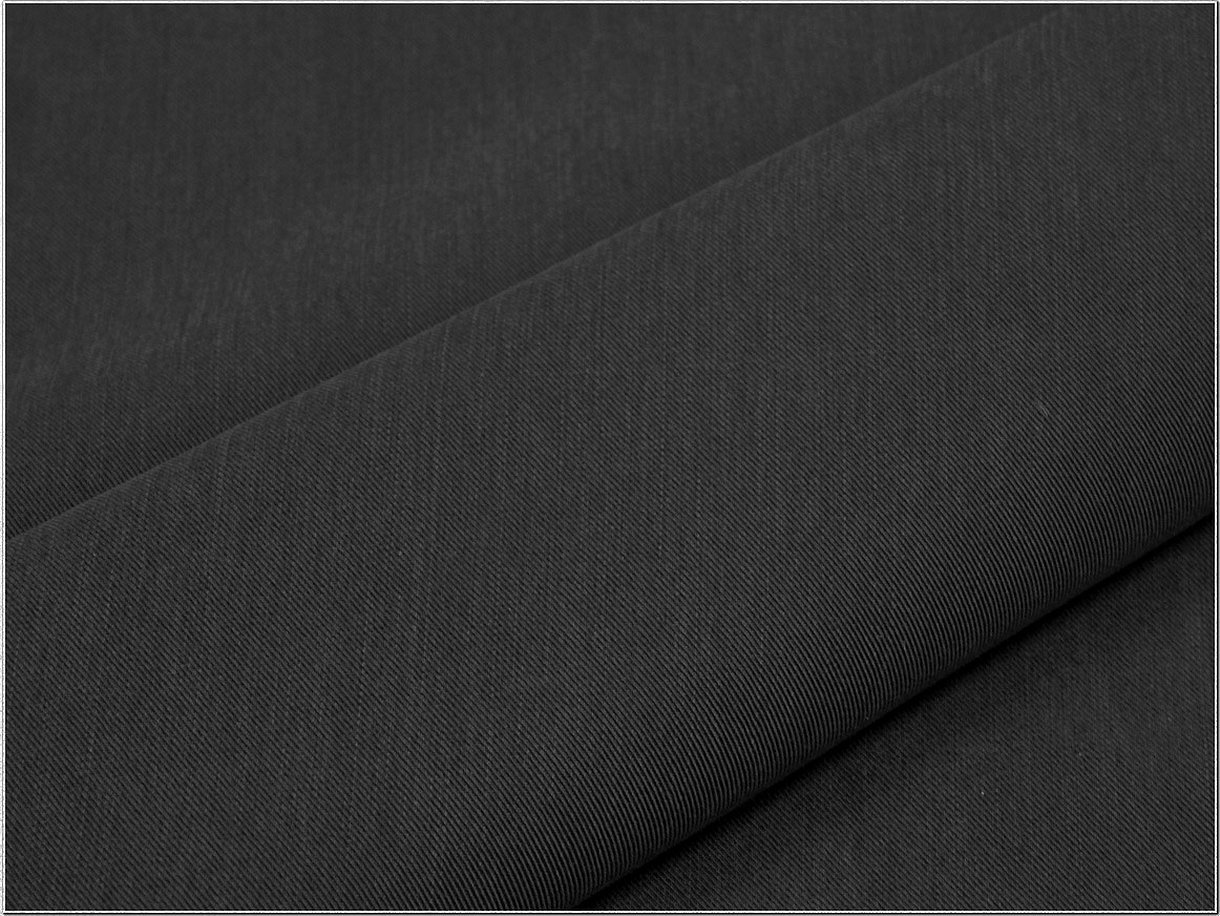
Natural or not
Many people wonder, cupro, what kind of fabrics, natural or not? The answer is very simple - it is a type of viscose, made using a copper-ammonia solution. In turn, viscose fiber does not belong to synthetics, but is not a natural material either.
Cupro is a man-made fiber made from natural raw materials. The result is a refined and noble fabric that has a radiant silky sheen.
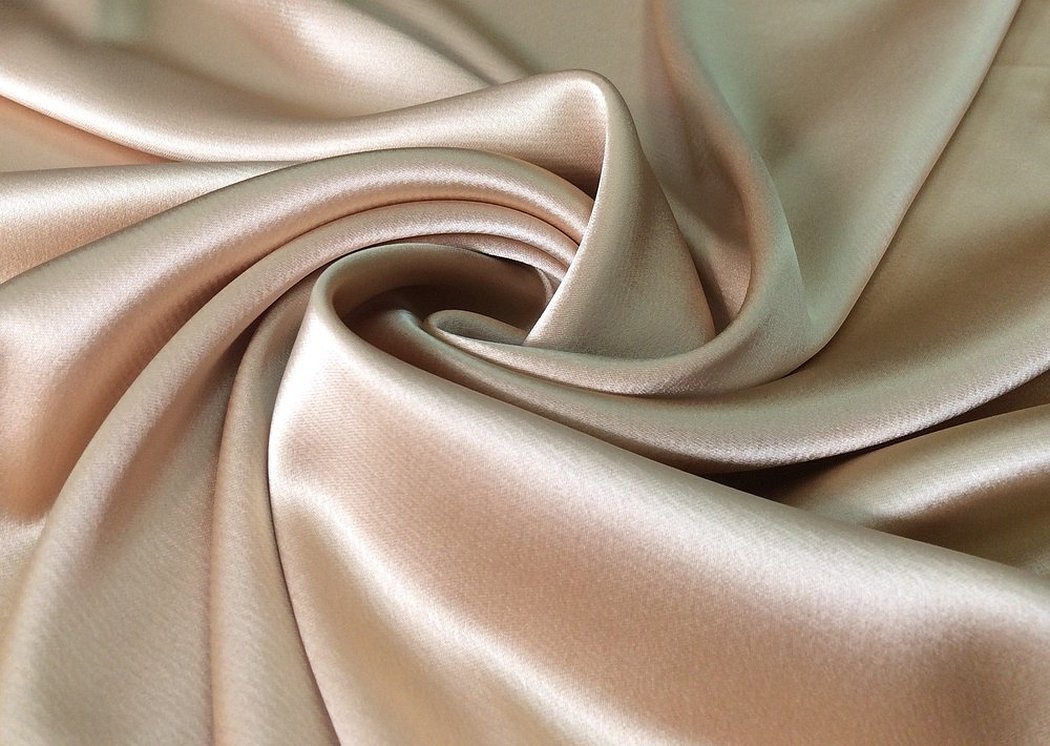
Types of materials
Cupro - what kind of fabric is it? It depends on the production technology. The following materials are successfully made from this fiber:
- brocade;
- atlas;
- velours;
- tweed;
- jacquard;
- boucle.
To understand exactly what cupro is in fabrics, it is necessary to know its distinctive features, as well as what textiles it is added to. To reduce the cost of the material, cupro is added to cotton knitwear. At the same time, the fabric does not lose its positive characteristics at all.
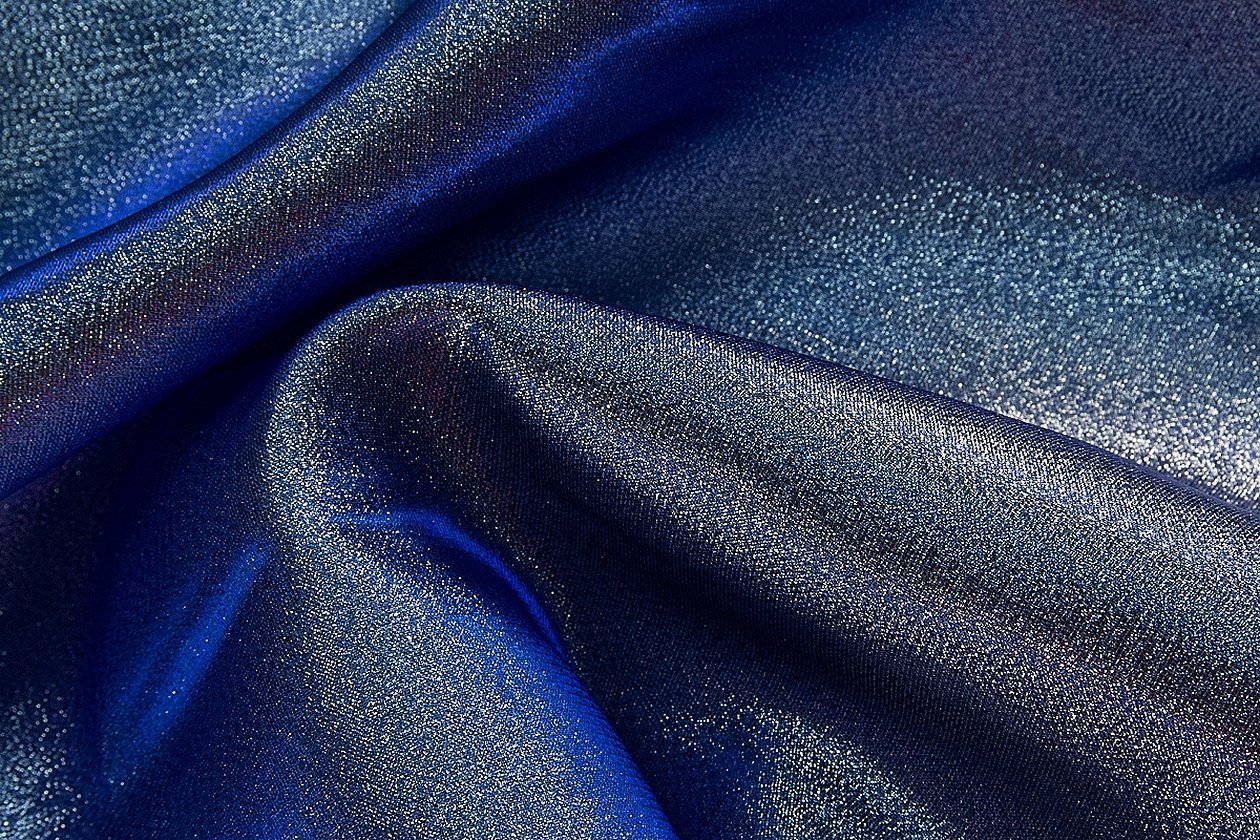
If the pure percentage of fiber content in the product is 100, the fabric is still considered to be made artificially. But this method of production does not prevent it from being considered an elite fabric. Those who understand what cupro is, the quality of the fabrics is obvious to them. Such a consumer does not doubt and is happy to buy products made from it.
Primary colors
The material is distinguished by a wealth of shades and textures. The fabric retains its original appearance for a long time. The textile looks expensive and luxurious, it is used for sewing casual, office clothes, festive and elegant outfits.
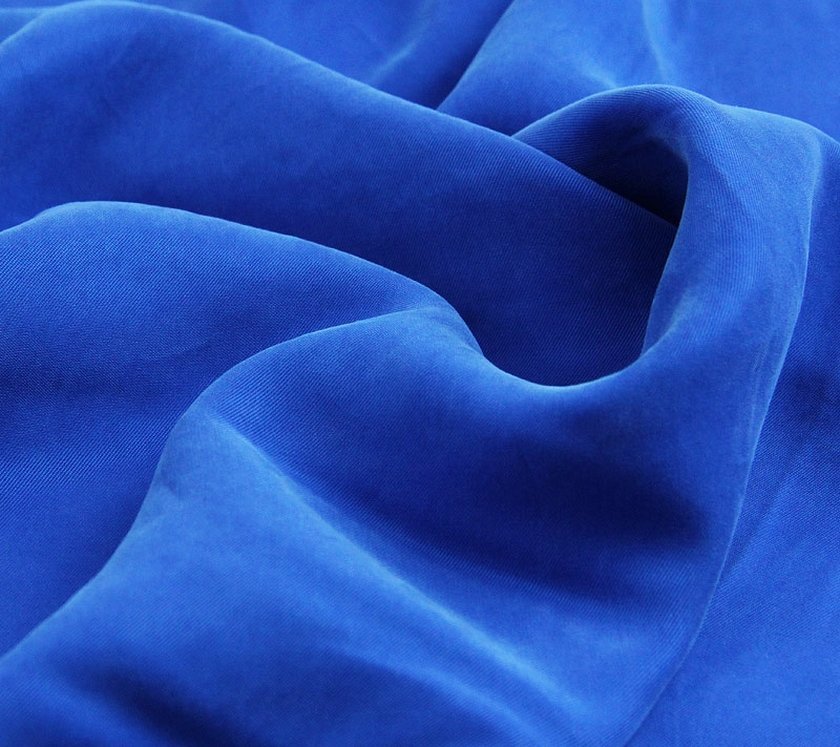
The main colors of the material are:
- black;
- Shanzhan;
- violet;
- grey;
- blue;
- orange;
- green;
- yellow;
- blue;
- burgundy;
- beige;
- white;
- Tencel;
- brown;
- red;
- degrade;
- Gzhel;
- arabesque.
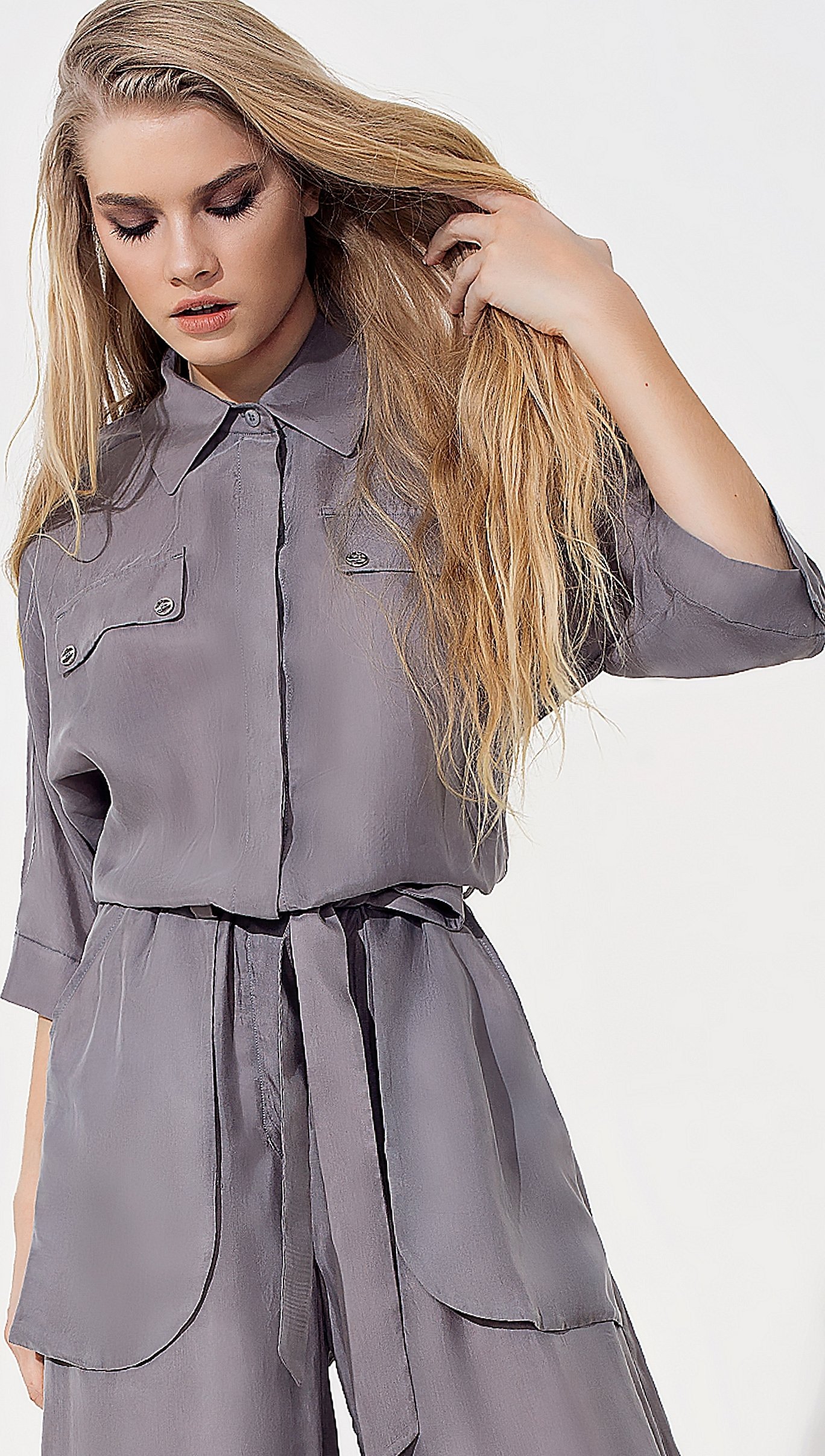
Scope of application
Cupra fabric, what it is, can be understood only after directly wearing clothes made of this textile. This practical and popular material is used in various areas of light industry.
Dress and suit cupra is used for sewing blouses, dresses, trousers, skirts and overalls. Lining textiles are no less in demand. They are used for the production of coats and jackets.
Thick upholstery cupra is used in home textiles for re-upholstering upholstered furniture, sewing covers, as well as pillowcases for bedspreads and decorative pillows. Thicker options are used for draping walls.
Please note! Cupra drapes beautifully and is breathable, making it ideal for making curtains, lightweight drapes and lambrequins.
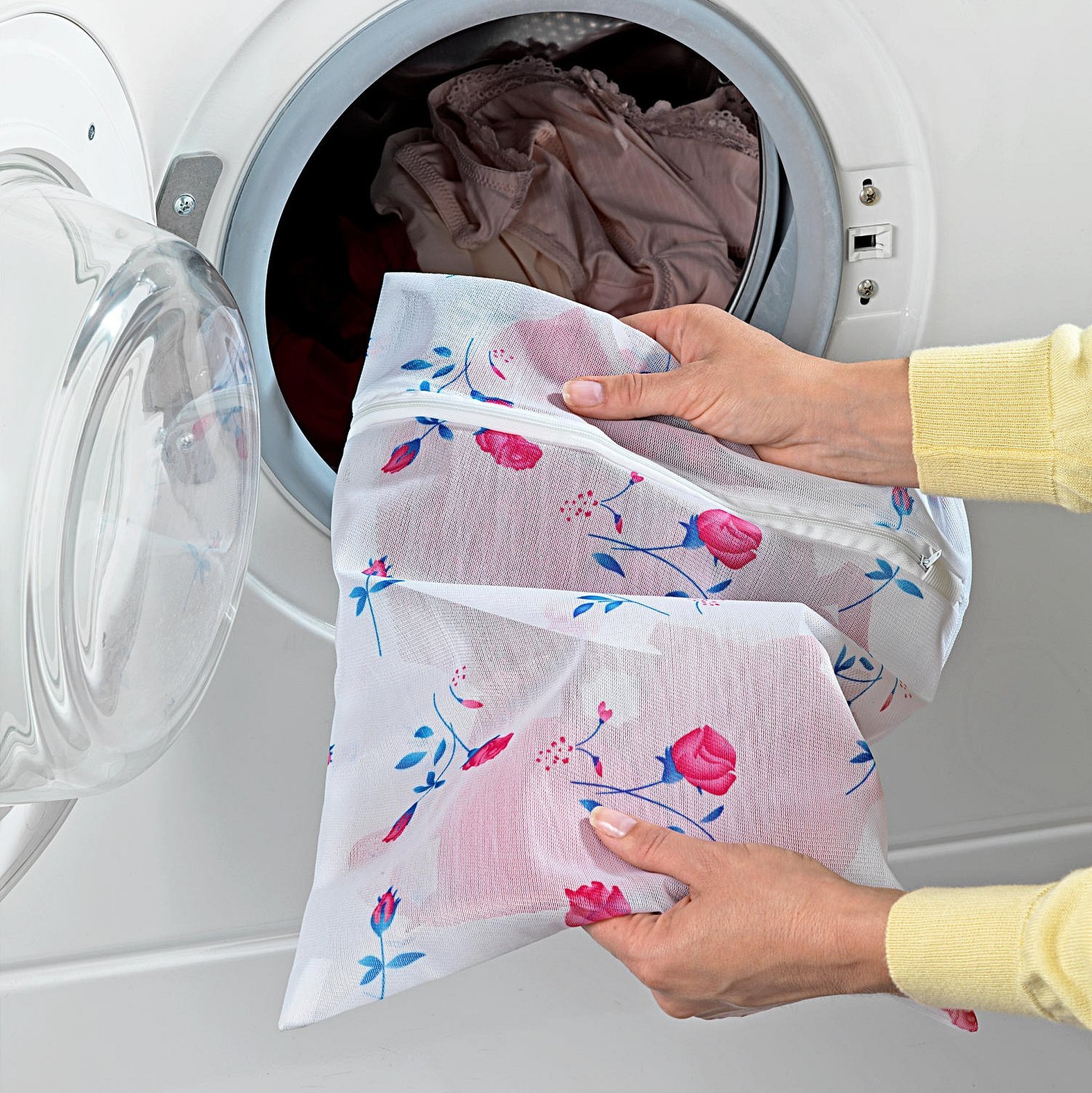
How to care for products
What is cupro? It is a wear-resistant material that can maintain its attractive appearance for a long time. In most cases, manufacturers indicate the exact composition and care features of the product on the product label. In addition, there are the following care rules applicable to all artificial fabrics:
- It is recommended to turn the product inside out before washing;
- fasten all buttons and securely fasten the fittings;
- cupro products should be washed separately from natural and synthetic materials;
- It is not recommended to wash the product at high temperatures; water up to 40 degrees is considered the most suitable;
- It is prohibited to rub the product or squeeze it vigorously;
- Do not pre-soak fabrics with bright patterns or prints;
- It is best to dry the material naturally;
- The product must be ironed from the inside out, without using hot steam.
If the product is made of cupro material, it requires careful and gentle care. When drying, the material should be protected from exposure to sunlight, as this may lead to deterioration in the quality of the textile.
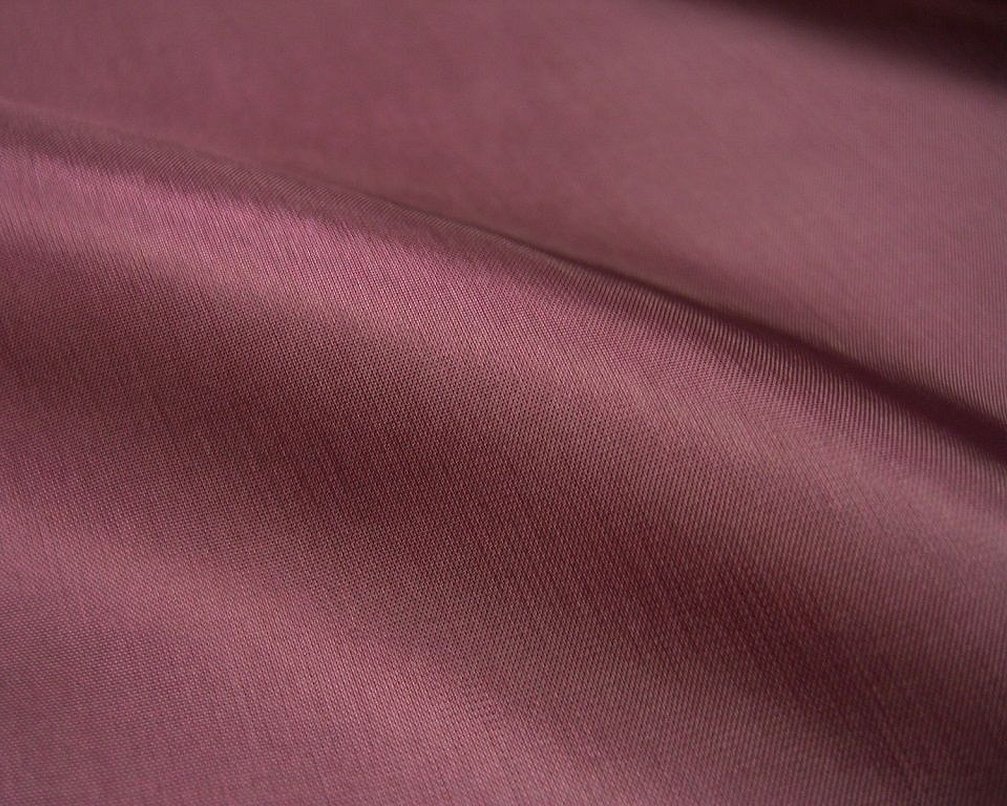
Advantages and disadvantages
Before purchasing products made from cupro fabric, it is necessary to know what kind of material it is. Despite the fact that textiles are unique in structure, they have certain advantages and disadvantages.
The main advantages of the material include:
- strength;
- hygroscopicity;
- elasticity;
- ease;
- smoothness;
- excellent thermal conductivity;
- softness;
- air permeability;
- elasticity;
- draping ability;
- fade resistance;
- attractive appearance.
Please note! Cupra is an elegant material, products from which are recommended to be worn by owners of attractive figures, as they fit the silhouette and emphasize its advantages.
As for the disadvantages, they are that when the material gets wet, it becomes vulnerable and is not environmentally friendly.
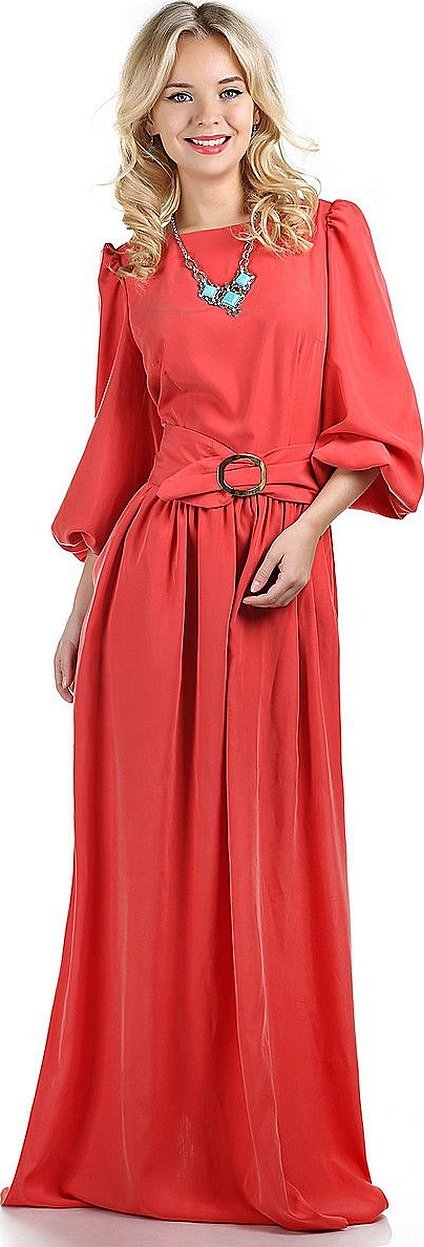
Kupper is classified as a modern, practical and very pleasant to the body material. Various wardrobe items are sewn from it. Also, textiles, due to their unique qualities, are used for furniture upholstery. Externally, the fabric can replace expensive natural silk.


